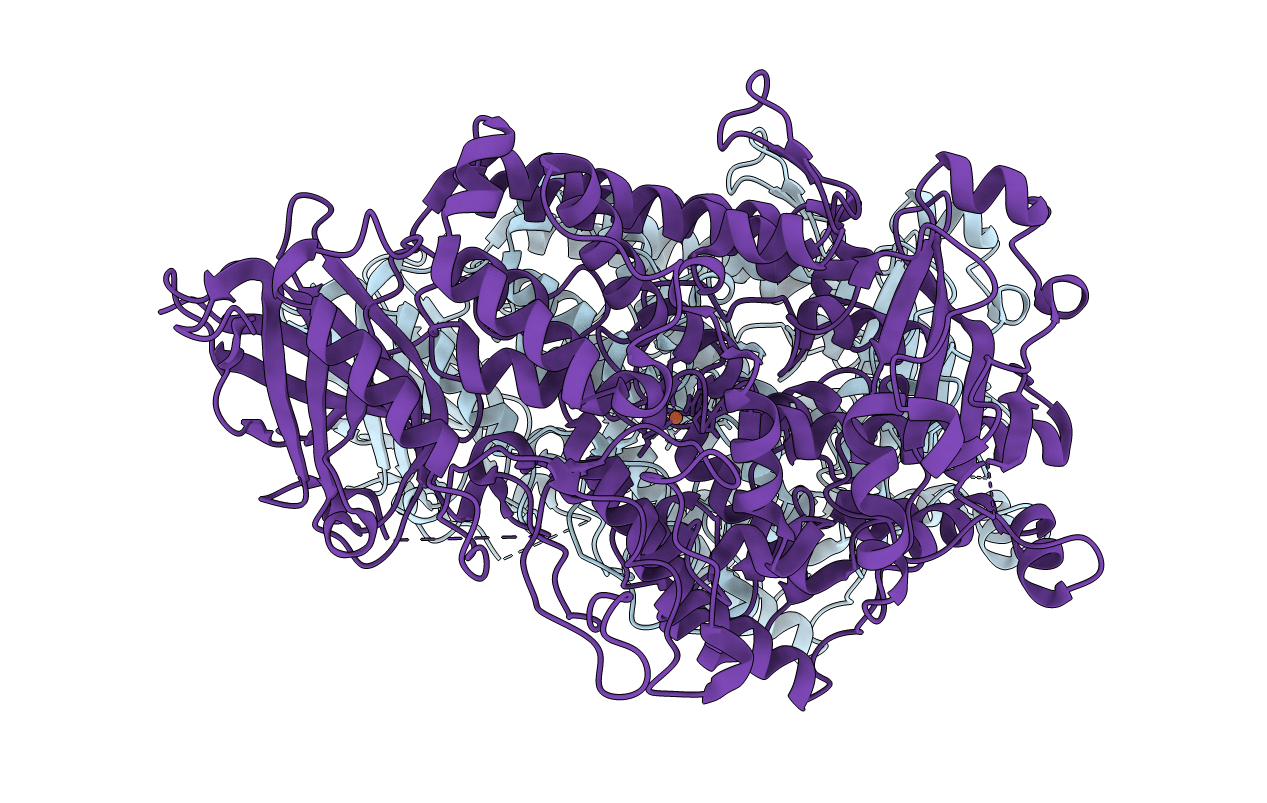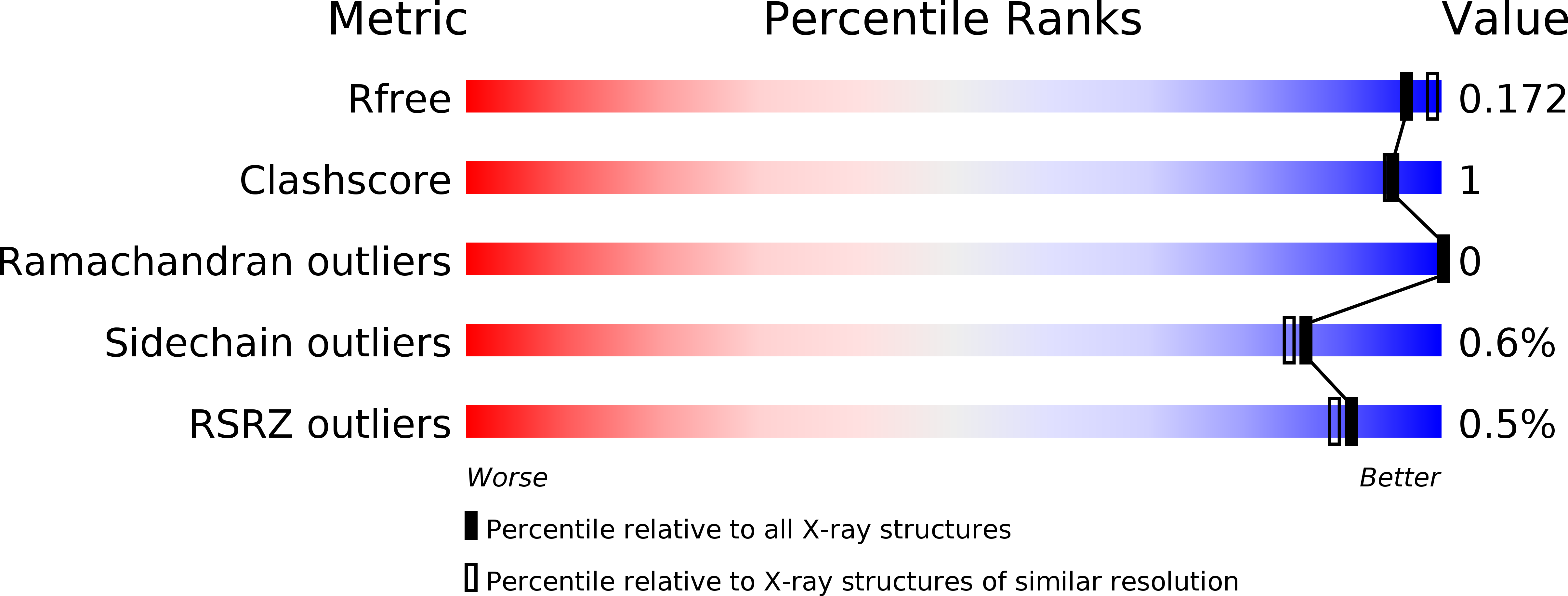
Deposition Date
2016-08-31
Release Date
2017-09-06
Last Version Date
2023-10-04
Method Details:
Experimental Method:
Resolution:
1.80 Å
R-Value Free:
0.17
R-Value Work:
0.13
R-Value Observed:
0.13
Space Group:
P 1 21 1


